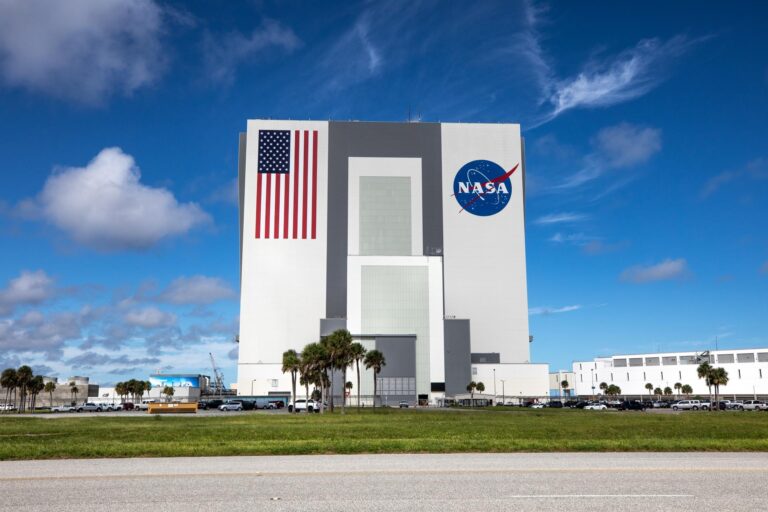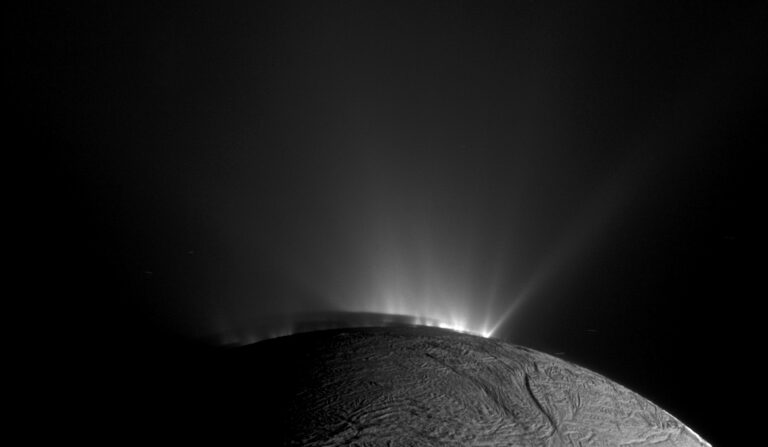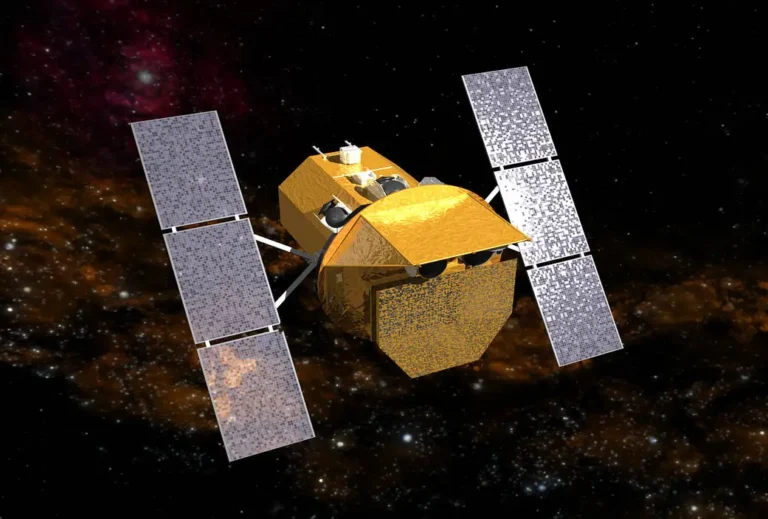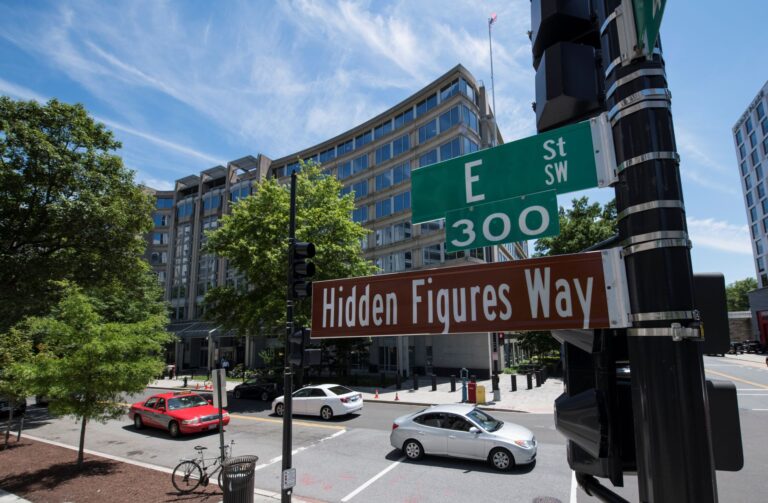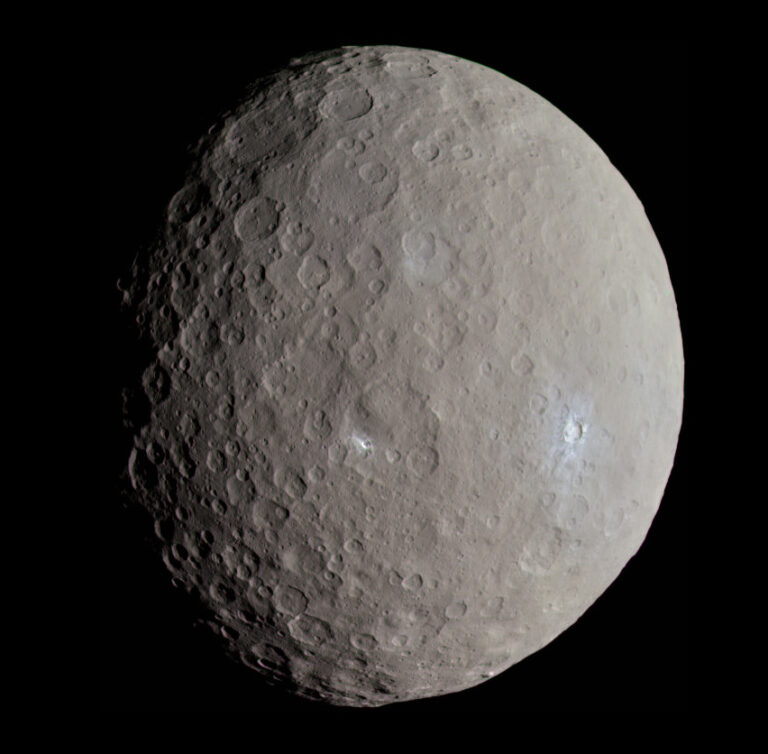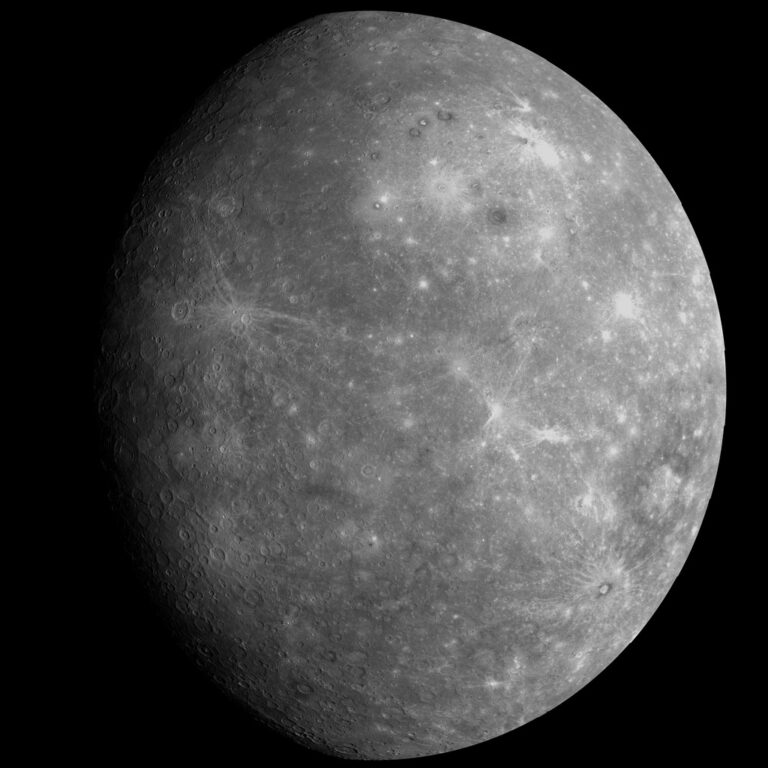Key Takeaways:
After 5 years of frequently controversial warnings about possible-but-unlikely asteroid encounters, astronomers have modified the Torino impact hazard scale. They hope the revised scale will let them inform the public about near-Earth objects (NEOs) without causing needless alarm.
Massachusetts Institute of Technology astronomers created the Torino scale in 1999 to alert the public to the risk of asteroids or comets striking Earth. The scale ranked Earth-approaching objects from zero, virtually no risk of impact or damage, to ten, a certain “global climatic catastrophe.”
Donald Yeomans, manager of NASA’s NEO group at the Jet Propulsion Laboratory in Pasadena, California, says the warnings also undermined the credibility of NASA’s NEO observation program. “What the general public sees is that NASA predicts an impact, and then the next day withdraws the impact probability,” he says.
An International Astronomical Union working group now has revised the wording of the Torino scale to reflect the fact that in most cases additional observations will reduce the risk of an impact to zero.
“It’s like predicting where a hurricane will hit land,” says Yeomans. “When it’s first discovered out in the Atlantic, you can’t rule out that it will hit Miami. But as you get more data, you can eventually rule out Miami or another city. With asteroids, more than likely, you can rule out an impact altogether.”
The new scale suggests that public attention is merited only if there is more than one chance in 100 of a regionally damaging impact within a decade.
Previously, a NEO rating of 2 on the Torino scale would have been described as “meriting concern.” Now, however, it will carry the comment, “While meriting attention by astronomers, there is no cause for public attention … or concern.”
Many astronomers support the change. “This is a step toward making the public aware of this very low probability but high risk phenomenon,” says Yeomans.
Others, however, think the scale is fatally flawed. Brian Marsden at the Harvard-Smithsonian Center for Astrophysics insists that any meaningful scale must reflect the uncertainty of the orbital calculations.
Marsden has proposed a measure that compares the length of time the object has been tracked to the time of the first possible impact. “If this ‘Purgatorio Ratio’ is less than 0.01,” he says, “the potential event is of no conceivable interest. It avoids the silly business last December with the Torino scale and 2004 MN4 [a 1,000-foot-wide NEO discovered late in 2004] of having the numbers jump all over the place from day to day.”
Still, Marsden joins other NEO astronomers in calling for continued observations. “Since the consequences of an impact by even a 200-meter object are likely to be quite considerable,” he says, “it is prudent to make searches for potentially hazardous objects.”




